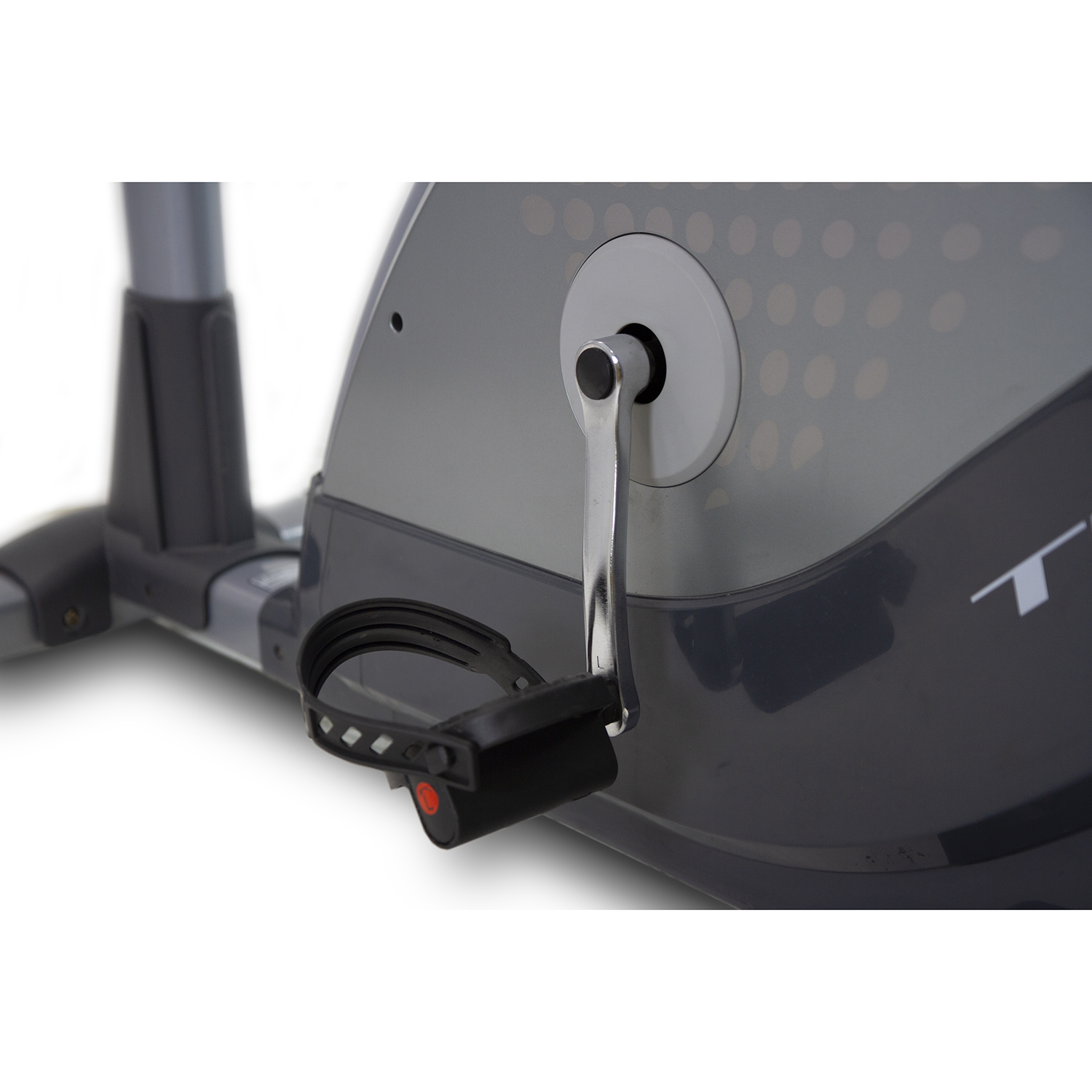

The Vescape Fitness App is compatible with the following home stationary bikes: Create and customize workouts according to your fitness level.Track your progress and calories burnt over time with stats and graphs on your user profile.5 high intensity interval trainings (HIIT) to boost your speed and endurance.10 predefined cardio workouts to improve your fitness.The interactive video game Greedy Rabbit with 80 levels of growing difficulty.Its life depends on your speed whilst mushrooms increase the resistance of your exercise bike. Greedy Rabbit is a virtual cycling game in which a rabbit is being chased by hedgehogs in a maze.
#Iconsole motionscykel Bluetooth
Simply connect your mobile device to your exercise bike via Bluetooth follow various workout routines, high intensity interval trainings and play the very first game which is interactive with the speed and the pedaling resistance of your bike. Vescape - Motionscykel & Crosstrainer Har För Närvarande 239 Betyg Med Genomsnittligt Betygsvärde På 2.0 The Vescape Fitness App turns your home stationary bike workout into an entertaining experience! Enligt Google Play Vescape - Motionscykel & Crosstrainer0 Uppnådde Mer Än 89 Tusen89 Tusen89 Tusen. Den Nuvarande Versionen Är 1.2.12x, Släppt På. When using IConsole2 for manipulating the scope pane and scope items, use the IConsole2 interface pointer passed to the snap-in's IComponentData implementation.Android -Applikation Vescape - Motionscykel & Crosstrainer Utvecklad Av Vescape GmbH Är Listad Under Kategori Hälsa Och Fitness. When using the IConsole2 interface for manipulating the result pane and result items, you should use the IConsole2 interface pointer passed to the snap-in's IComponent implementation that owns the view. Each IComponent and IComponentData object gets its own private IConsole2 interface pointer. Finally, the SetStatusText method enables the snap-in to change the text in the status bar.Ī pointer to the IConsole2 interface is passed to the snap-in through IComponent::Initialize and IComponentData::Initialize. The IsTaskpadViewPreferred method determines whether the user prefers taskpad views by default. The Expand method enables the snap-in to expand or collapse an item in the scope pane. IConsole2 contains all the methods of IConsole, as well as three additional ones. The IConsole2 interface is a newer version of the IConsole interface and is introduced in MMC version 1.1.
The remaining IConsole method is MessageBox, which the snap-in uses to provide information to the user. You can obtain a handle to the main frame window by using the GetMainWindow method.
#Iconsole motionscykel update
The UpdateAllViews method generates a notification to update one or more views because the content has changed.

The Quer圜onsoleVerb method allows the snap-in to incorporate the functionality of standard verbs such as cut, copy, and paste, while the SelectScopeItem method is used to programmatically select a scope item in the scope pane. The QueryScopeImageList and QueryResultImageList methods allow you to get interface pointers to the image lists that the console provides for inserting icons in the scope and result pane. This is the way to get the pointer to the OCX's IDispatch interface. You can use the QueryResultView method to get a pointer to an IUnknown interface to the result pane control only if your view is a custom OCX. You use the SetHeader and SetToolbar methods to associate the IHeaderCtrl2 and IToolbar interfaces with the snap-in's instance of IConsole and to provide column headers and toolbars associated with the result pane. Every instance of a snap-in that exists in the scope pane is unique, and the methods of the IConsole interface preserve that uniqueness.


 0 kommentar(er)
0 kommentar(er)
